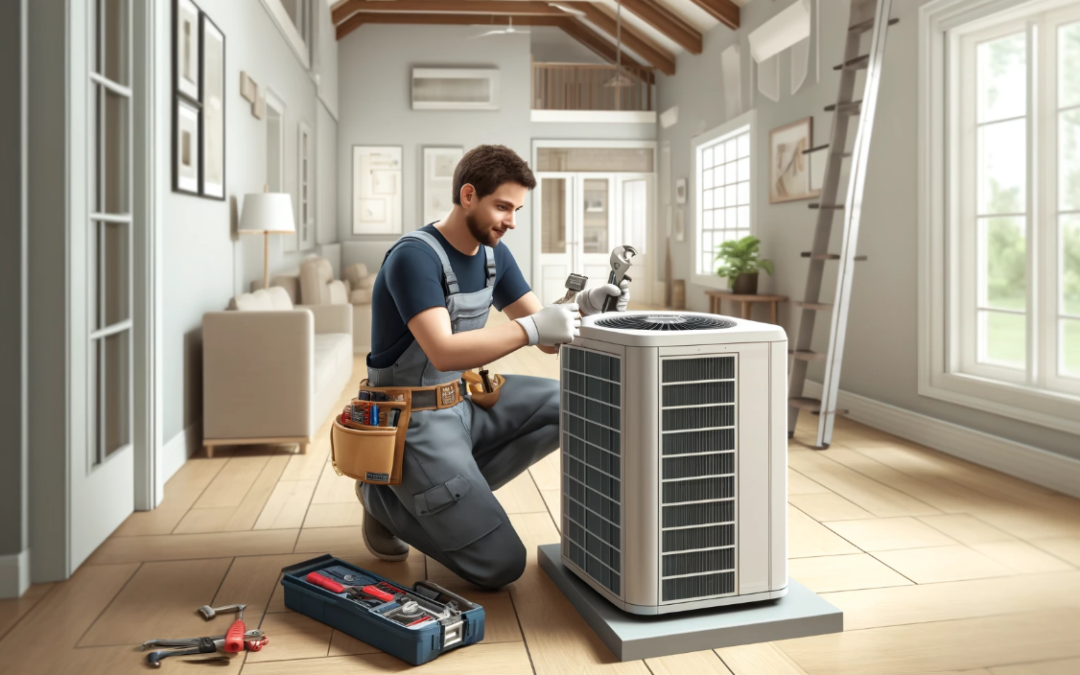Heat pumps are becoming an increasingly popular choice for homeowners seeking efficient heating and cooling solutions. This comprehensive guide will walk you through everything you need to know about heat pump installation, from the benefits to the installation process and tips for ensuring your system operates efficiently. By following the latest SEO practices, this guide aims to be the authoritative resource for all things related to heat pump installation.
Why Choose a Heat Pump?
Energy Efficiency: Heat pumps are highly efficient, transferring heat rather than generating it, which can significantly reduce your energy bills.
Dual Functionality: They provide both heating and cooling, making them a versatile solution for year-round comfort.
Environmental Benefits: By using renewable energy sources, heat pumps can reduce your carbon footprint.
Steps to Install a Heat Pump
1. Evaluate Your Home’s Needs
- Assess your home’s heating and cooling requirements.
- Consider the size, insulation, and existing HVAC systems.
2. Choose the Right Heat Pump
- Select between air-source, ground-source, and water-source heat pumps.
- Ensure the heat pump capacity matches your home’s needs.
3. Prepare for Installation
- Clear the area where the outdoor unit will be installed.
- Ensure proper electrical connections are available.
4. Professional Installation
- Hire a certified HVAC technician.
- The technician will install the indoor and outdoor units, connect refrigerant lines, and set up the thermostat.
5. Post-Installation Checks
- Test the system to ensure it operates correctly.
- Schedule regular maintenance to keep the system running efficiently.
Benefits of Professional Installation
Hiring a professional ensures the system is installed correctly, maximizing efficiency and lifespan. Professionals have the necessary tools and expertise to handle complex installations and can provide valuable maintenance tips.
Common Challenges and Solutions
Space Constraints: Ensure adequate space for the outdoor unit to function optimally.
Weather Conditions: Protect the unit from extreme weather conditions to prevent damage.
Compatibility Issues: Verify that the new heat pump is compatible with existing ductwork and electrical systems.
Faq's
How long does it take to install a heat pump?
Installation typically takes one to three days, depending on the complexity of the project.
What are the benefits of installing a heat pump?
Benefits include energy efficiency, dual functionality (heating and cooling), and environmental advantages.
How do I know if a heat pump is the right choice for my home?
Consult with a professional HVAC technician to evaluate your home’s needs and determine if a heat pump is suitable.
Service Plans for Your Heat Pump
Good Plan
- 2 checkups a year
- Priority service
- Discounted rates
Better Plan
- Includes everything in the Good Plan
- 2 extra visits a year to replace customer-provided filters
Best Plan
- Includes everything in the Better Plan
- Coverage for electrical compartment component repairs (valid as long as parts are available)
Summary
Heat pump installation can significantly improve your home’s comfort and energy efficiency. By following the steps outlined in this guide and opting for professional installation, you can ensure your system operates optimally for years to come.

